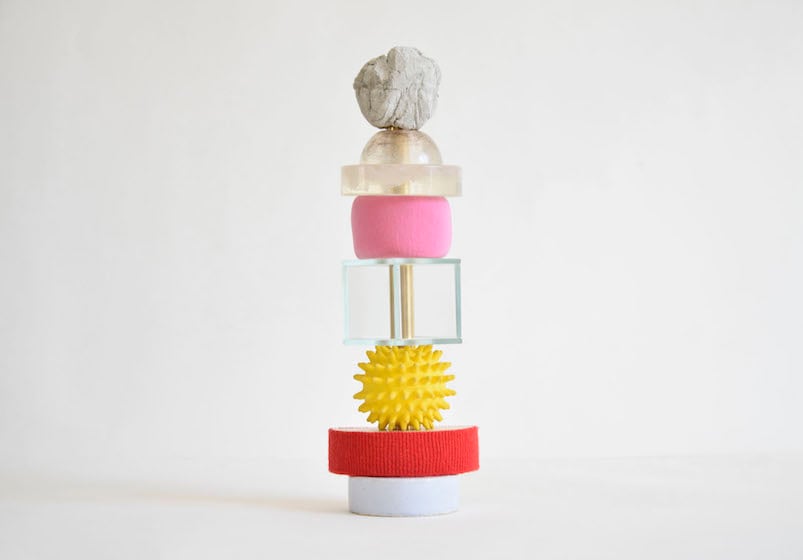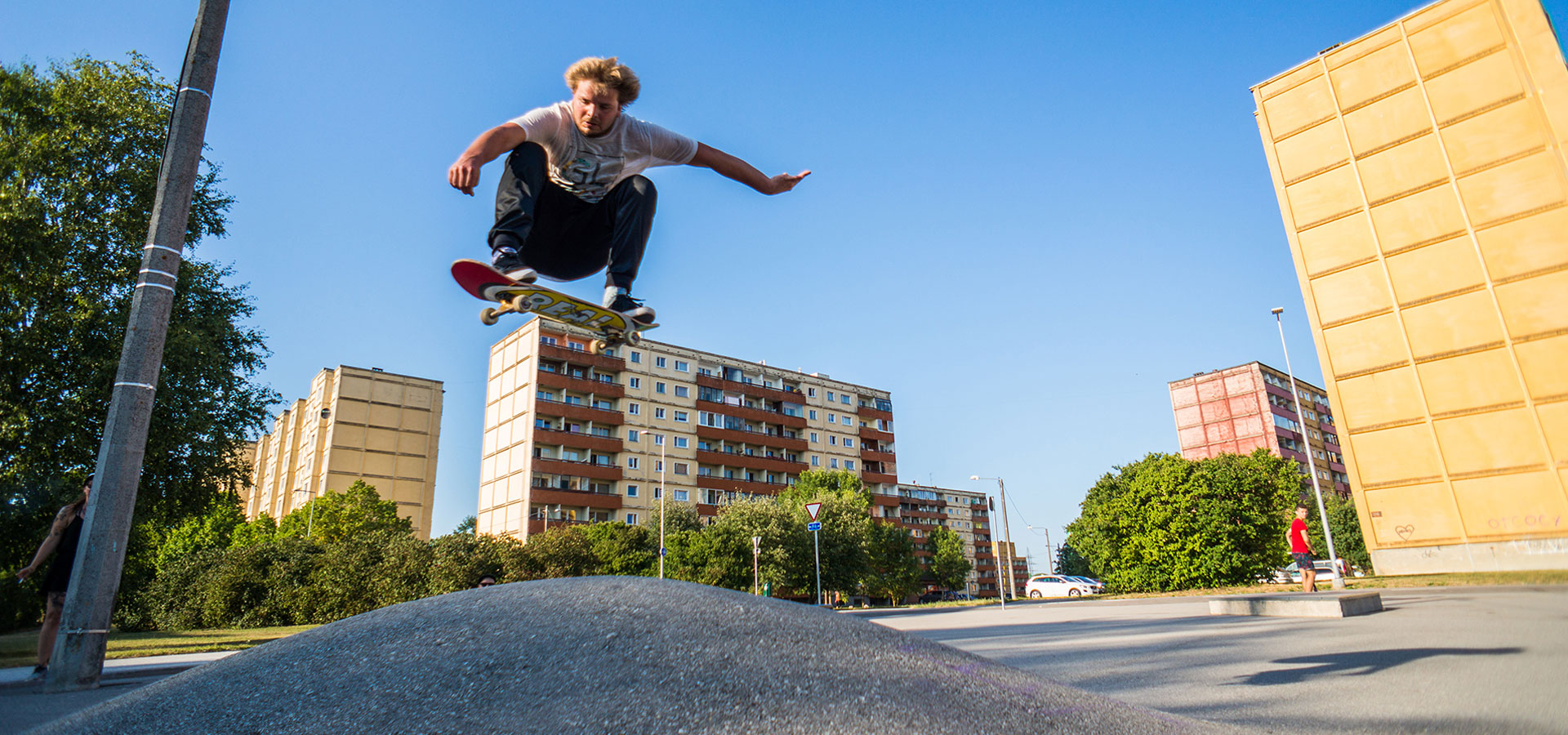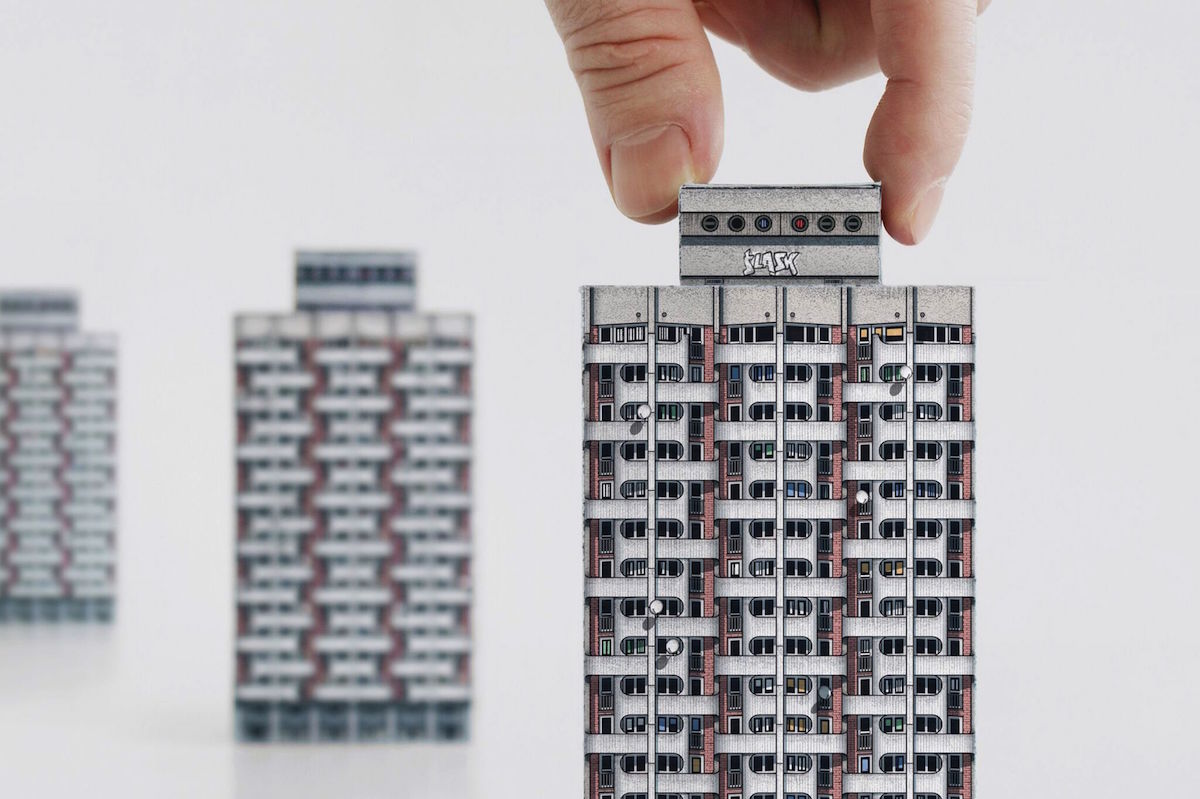We asked three design gurus why the industry is failing to recognise Eastern European talent.
Slowly, the world is beginning to shift for New East design. Ten years ago, creatives who wanted to get ahead were better off moving abroad. Five years ago, New East names occasionally appeared on the shortlists for the latest prizes and awards. Today, more designers than ever before are contributing to their local scenes, while still garnering global recognition.
Progress, however, remains slow, especially for those who want to make their way to the very top. A lack of production facilities, sky-high entrance fees, and a lack of business support ensure that the balance is still firmly tipped in favour of western design heavyweights, such as the US, Germany, and the Netherlands.
The Calvert Journal talked to three design heavyweights from across the New East on the fight to get regional designers the recognition they deserve — and whether prize nominations really are a measure of international success.
Awards help designers because they’re a chance for them to showcase themselves. They get more recognition; they have the opportunity to make contacts. But people don’t always get that chance. Entrance fees are a particular problem. Often, you’ll need to pay at least 2,000 euro just to take part. When you compare that to how much we’ll get paid for the whole design process — somewhere around 5,000 euro — that’s a lot for a designer to pay, if there isn’t a manufacturer or brand to chip in.
Romania has different design needs [compared to Western Europe]. Romania’s first design school only opened in 1969. That first generation of designers were working almost exclusively for big factories. There were a lot of products which were very similar, or copied from the West. Really, there wasn’t all that much design. It was more about what was easy to make.
Even today, design is very much connected to industry — and Romanian industry, which is accessible to us, does not tend to incorporate designers into its processes. Often, factories won’t create their own designs; they’ll just copy something that already exists. We have had some good collaborations with furniture manufacturers — they were producing items for export abroad and wanted to create their own brand. We helped them exhibit at fairs in Cologne, Milan, and New York. It was a success story for a while. Then they decided that they could do it themselves.
In some ways, our design scene is very forward-thinking. We’re very needs-focused and very material-centred. When most of the world got carried away with mass production; well, that passed us by. So, perhaps we’re a step ahead when it comes to using materials in a responsible way. Most of the design we can do here is linked to what is available, local or natural materials. We don’t tend to work with plastic.
On the whole, there is so much more to do here. We have to develop design and our process of thinking about it. That’s one of the reasons I returned here — to have a say in how those things evolve.
Agnieszka Jacobson (Poland)
Curator, Artistic Director of School of Form for Design
I wouldn’t say that Eastern Europeans are missing out on awards — I’d say that we’re doing quite well. Just Google Maria Jeglinska, Paweł Grobelny, Tomek Rygalik: they are becoming very well recognised, and getting commissions. Their work is proof of their genuine talent.
On the whole, I get the impression that being Central or Eastern European matters less and less. A young generation of Poles, Czechs, and others are incredibly mobile, living and studying in different countries and universities. They are just young European designers. This year, at Milan Design Week, I saw one of my former student’s work in a presentation from Central St Martins’ MA course. He has a Polish surname, but next to him you could see French, German, Korean names. At the end of the day, it doesn’t matter: you are good or you’re not. Your background shapes your approach and gives certain flavour or context to your proposals, but that’s all.
Poland has a huge furniture industry, as well as all the elements surrounding that. We have all kinds of crafts too — and not just in museums. Young people know how to work with their hands and use materials, but are also up to date in terms of technology. This combination creates enormous creativity. And there are still so many things in Poland that haven’t been designed. So, we have creativity and opportunity. What is holding designers back? Nothing. The world is open to them.
[On the other hand,] we are not very good at presentations. We doubt our ideas. There is a lack of trust in ourselves here. And if you do not believe in yourself, how can others trust you? This is a very Central European thing.
In terms of cooperation, I would also say Poland is quite immature. There is a lack of programmes where designers and industries can work together in a supportive way, something that would reduce anxiety and increase trust. When a manufacturer has a limited budget to develop a new product, and invites a young designer to work for them, it is difficult for both sides to trust each other. The manufacturer worries it’ll lose money. The designer is scared to disappoint. If there was some kind of support in place during the first steps of this kind of partnership, both parties could develop along more positive lines.
The same goes for exhibiting. If a designer goes to London, Milan, or Paris for the first time, there’s just no way that they aren’t going to make a mistake or two. If they’ve put all their money on that trip, then that’s a very expensive lesson — too expensive. They will have to work for a long time to put that kind of show together again. With a little support in the meanwhile, they can exhibit again, and do better, next year.
I think that there are two or three different reasons why you don’t see many Eastern European names on award shortlists. There’s the cost of applying. Then there are usually very demanding award criteria. And there’s the lack of advanced production methods available, and the kind of partners out there: investors, agents, and producers.
Local designers in a small country [like Estonia] need international recognition — their domestic market is very small. Estonia does not have many big industrial design companies and in-house designers. There are a lot of independent designers — perhaps 250 or so — who create their own collections and promote them privately or through design organisations, like our design shop. [It is a case of] export or die. Exporting, however, is still expensive, so our association puts on exhibitions or pop-up shops several times a year. Last year, we held exhibitions in Paris, Venice, and Marseille. This year, we will attend Tokyo Interior Lifestyle fair in November. It helps to create a platform for bigger jumps, creates contacts, and helps people get to know the market.
[Estonian designers produce] quite traditional, high-quality goods with limited runs — furniture, textiles, and fashion accessories. There’s a really powerful drive to make each item’s environmental footprint as small as possible: zero waste, up-cycling, recycling, and natural materials are very popular among our designers.
[What holds us back is the] lack of investments and funds. Salary costs are quite high, so designers will usually try to manage everything by themselves: designing, producing, accounting, packaging. More and more, though, bigger design studios are starting to appear. There are examples where designers create their own production companies, like Aquator or Oot-Oot.
[In the meantime,] our designers need skilled labour, investment partners, and more access to better production facilities. Companies must wake up and start cooperating with designers — because local designers from a small country must have international visibility in order to reach bigger markets.


